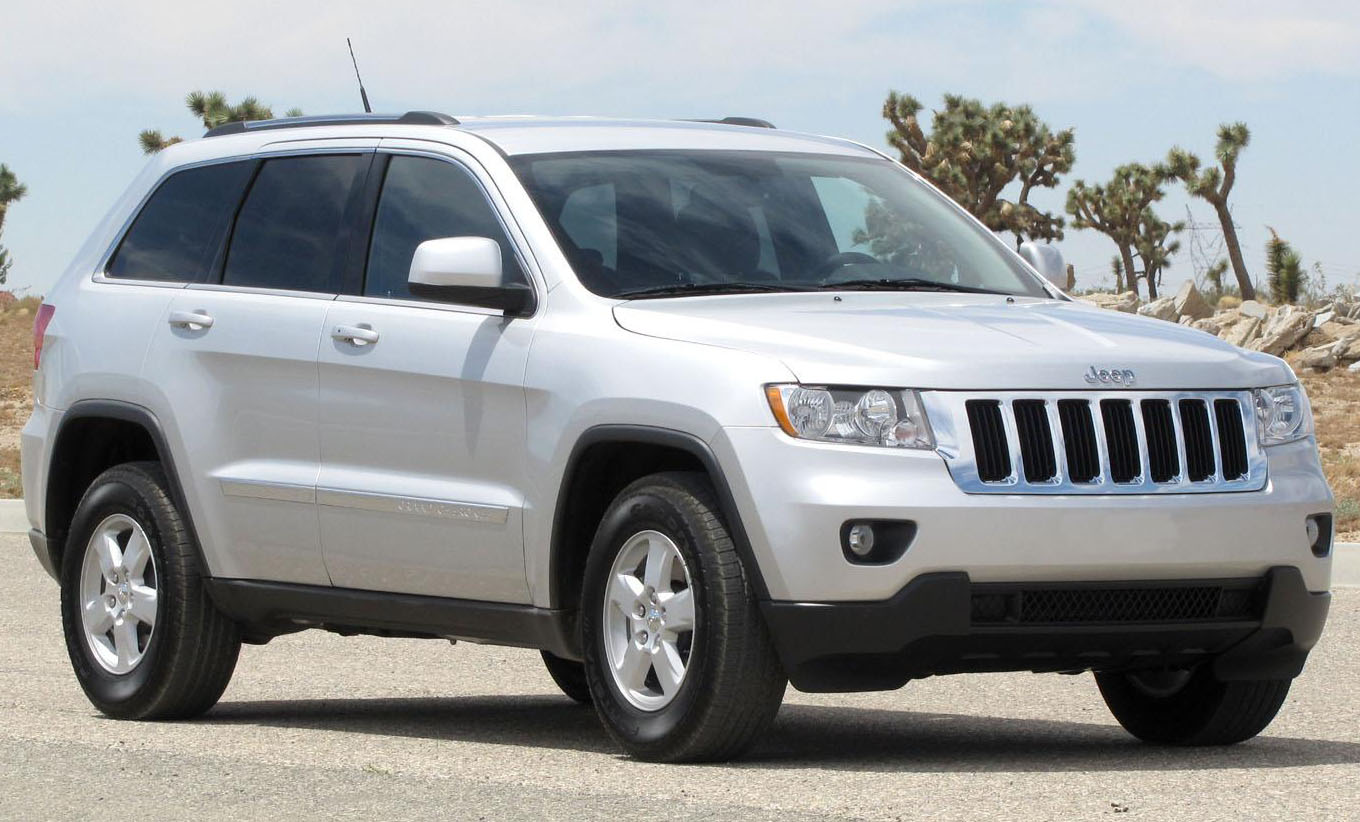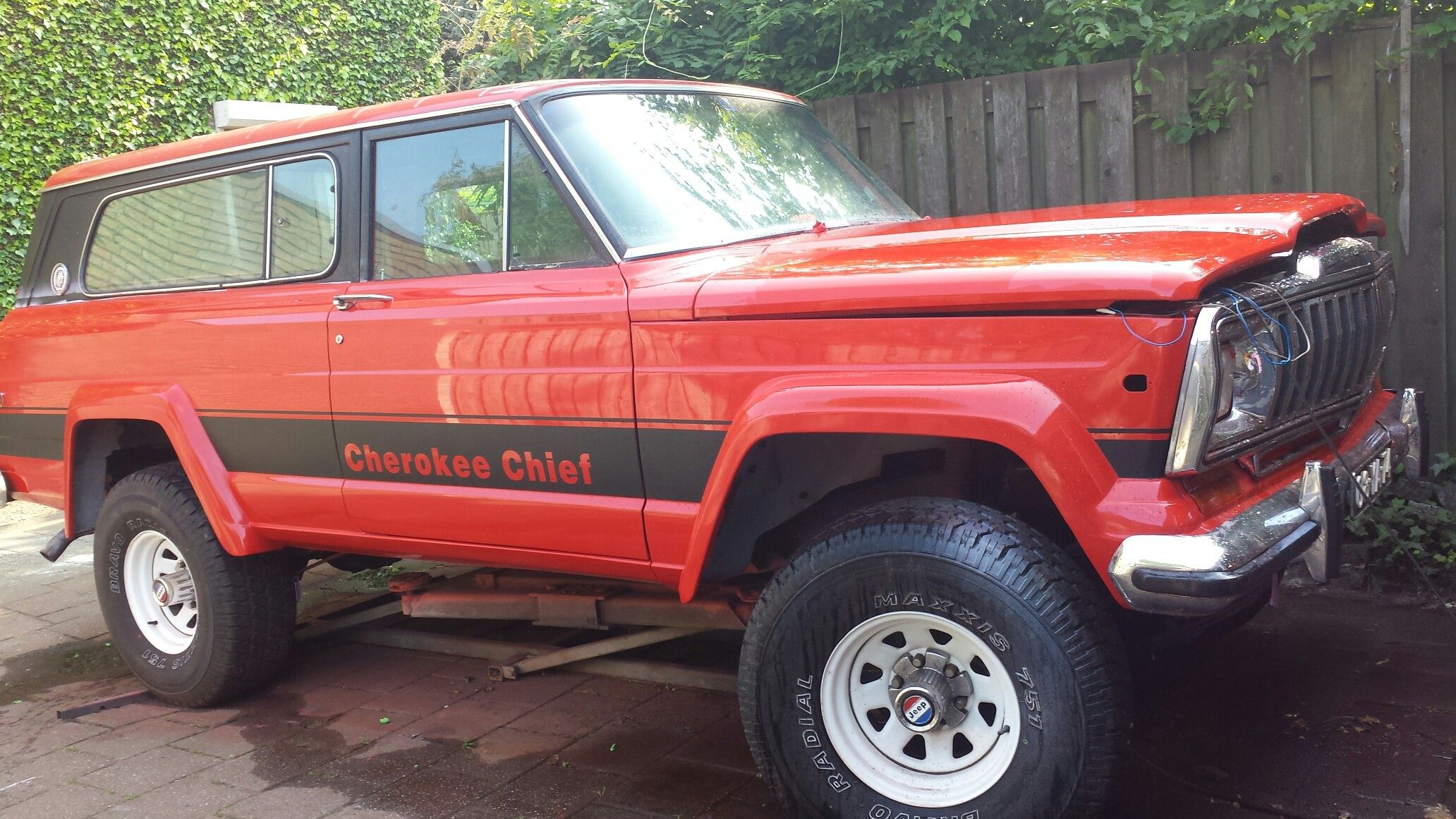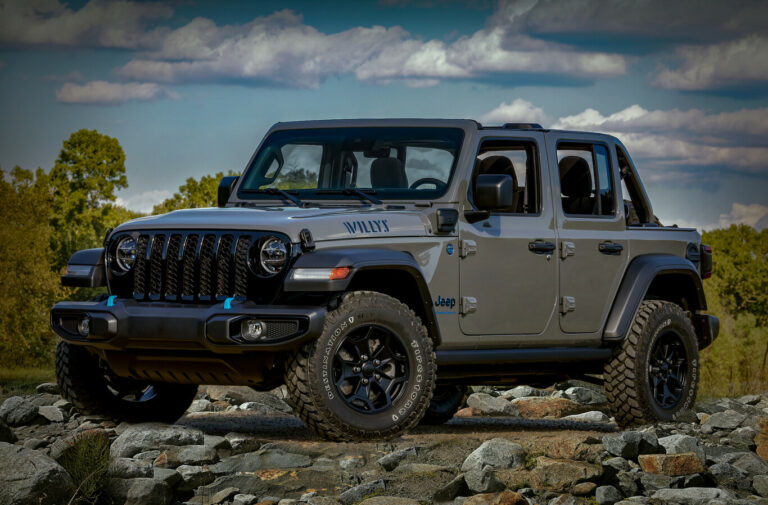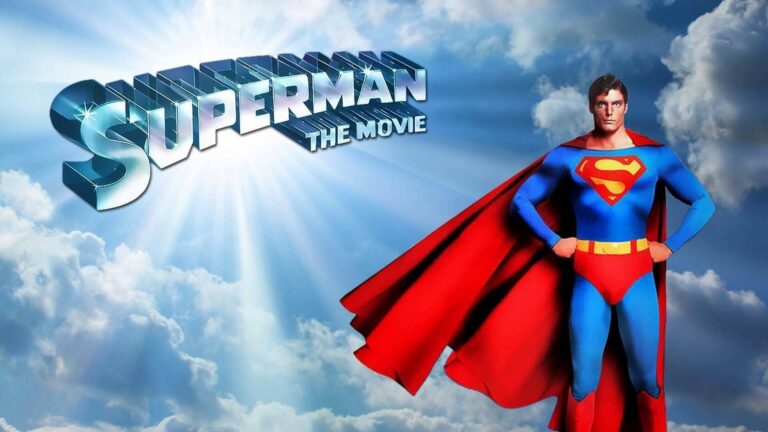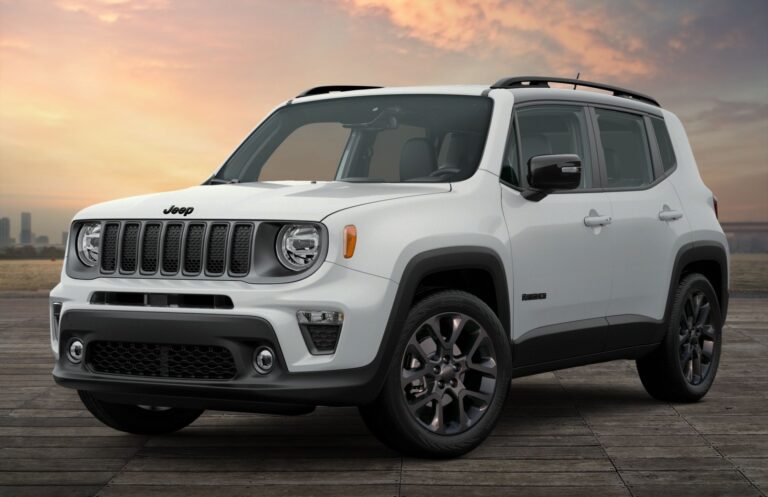The Definitive Jeep Cherokee Chief Wiki: A Comprehensive Guide
The Definitive Jeep Cherokee Chief Wiki: A Comprehensive Guide jeeps.truckstrend.com
The name "Jeep Cherokee Chief" evokes a powerful image of rugged capability, distinctive style, and an undeniable connection to a golden era of American off-roading. More than just a trim level, the Chief represents a specific spirit within the legendary Jeep Cherokee lineage, celebrated by enthusiasts and collectors alike. This article aims to serve as a comprehensive "wiki-style" guide, delving deep into the history, features, ownership aspects, and enduring legacy of the Jeep Cherokee Chief. Whether you’re a long-time admirer, a potential buyer, or simply curious about this iconic vehicle, prepare to explore the definitive resource on the Jeep Cherokee Chief.
I. The Legacy of the Chief: A Historical Overview
The Definitive Jeep Cherokee Chief Wiki: A Comprehensive Guide
The "Chief" designation graced two distinct generations of the Jeep Cherokee, each leaving its unique mark on automotive history. Understanding these different iterations is crucial to appreciating the full scope of the Chief’s appeal.
A. The Full-Size SJ Chief (1974-1983)
The original Jeep Cherokee Chief emerged in 1974, built upon the foundation of the full-size SJ platform, which also underpinned the luxurious Wagoneer. Positioned as a sportier, two-door variant of the Cherokee, the SJ Chief was designed to appeal to a younger, more adventurous demographic.
- Distinctive Features: The SJ Chief was immediately recognizable by its wider, flared wheel arches, which gave it a more aggressive, muscular stance compared to its Wagoneer brethren. These flares were often accompanied by bold, multi-color stripe decals that ran along the body sides, emphasizing its sporty character.
- Engine Options: Powering these beasts were robust V8 engines, primarily AMC’s 360 cubic inch (5.9L) and later the 401 cubic inch (6.6L) V8s, providing ample torque for off-road excursions and towing. Early models also offered the 258 cubic inch (4.2L) inline-six.
- Transmission & Drivetrain: Typically paired with automatic transmissions (like the Turbo-Hydramatic 400 or Chrysler’s TorqueFlite 727) and the legendary Quadra-Trac full-time four-wheel-drive system, the SJ Chief was incredibly capable off-road right out of the factory.
- Cultural Impact: The SJ Chief became an icon of the 1970s and early 80s, synonymous with outdoor adventure, surfing, and a rugged, individualistic lifestyle. Its presence in popular culture cemented its status as a quintessential American SUV.

B. The Compact XJ Chief (1984-1990)
With the revolutionary introduction of the compact XJ Cherokee in 1984, the "Chief" moniker was re-imagined for a new era. The XJ Cherokee itself was a groundbreaking design, pioneering the unibody SUV concept that would become the industry standard. The XJ Chief, like its predecessor, was typically a two-door model, positioned as a more basic or sport-oriented trim within the XJ lineup.
- Design & Trim: While not featuring the dramatic wide fenders of the SJ, the XJ Chief maintained a distinct identity with specific decal packages, often simpler interior trims, and a focus on utility. It was a no-nonsense vehicle built for adventure.
- Engine Evolution: The XJ Chief benefited from the XJ platform’s diverse engine offerings. Initially, it came with the AMC 2.5L inline-four and the problematic GM 2.8L V6. The most significant upgrade came in 1987 with the introduction of the legendary AMC 4.0L inline-six, which quickly became renowned for its durability and ample power, transforming the XJ’s performance.
- Transmission & Drivetrain: Available with manual (like the Aisin AX-5/AX-15) and automatic (AW4) transmissions, and various transfer cases including Command-Trac (part-time 4WD) and Selec-Trac (part-time and full-time 4WD), the XJ Chief offered versatility for different driving conditions.
- Enduring Popularity: The XJ Chief, particularly those equipped with the 4.0L engine, remains incredibly popular today due to its robust nature, ease of modification, and compact size ideal for trail use.

II. Distinguishing Features & Design Elements
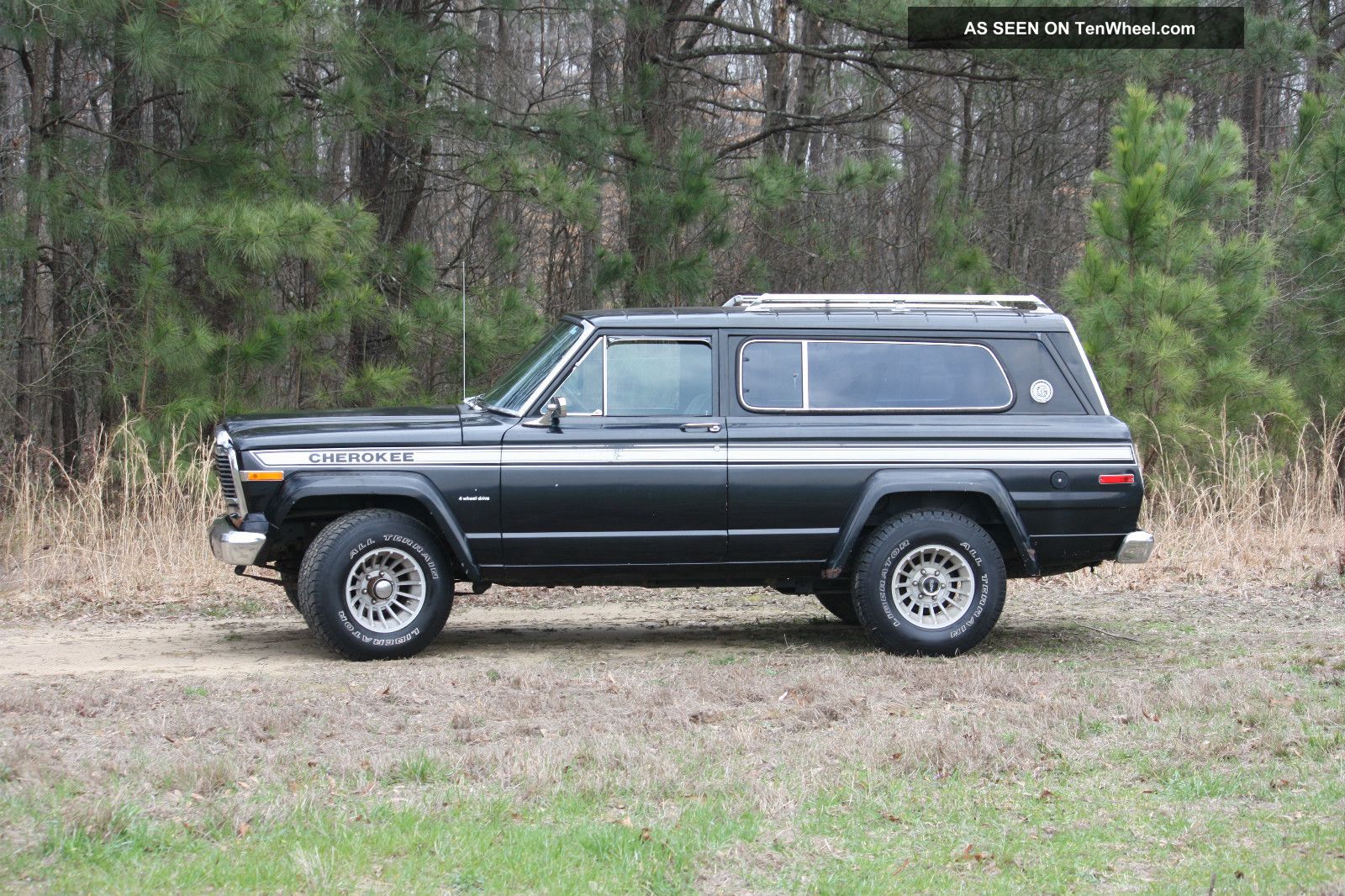
Both generations of the Chief utilized specific design cues to set them apart:
- SJ Chief:
- Fender Flares: The most prominent feature, typically body-colored or black plastic.
- Decals: Bold "Chief" or multi-stripe graphics on the sides, tailgate, and hood.
- Grille: Often featured a unique grille design or trim.
- Wheels: Specific steel or alloy wheel designs.
- XJ Chief:
- Decals: "Chief" badging on the doors or tailgate, often with unique stripe kits.
- Two-Door Configuration: While not exclusive, the Chief trim was predominantly a two-door model, emphasizing its sportiness.
- Interior: Generally simpler interior trims, durable cloth or vinyl seating, and fewer luxury amenities compared to higher trims like the Laredo or Limited.
- Grille & Headlights: Utilized the standard XJ grille, but trim levels could dictate chrome vs. black accents.
III. Performance & Powertrains
The Chief’s reputation for ruggedness is rooted in its powertrain options.
- SJ Chief Engines:
- 258 cu in (4.2L) I6: Reliable, but less powerful.
- 360 cu in (5.9L) V8: The workhorse, strong torque, common.
- 401 cu in (6.6L) V8: The most powerful option, highly sought after.
- XJ Chief Engines:
- 2.5L AMC I4: Basic, fuel-efficient for its time, but underpowered for heavier use.
- 2.8L GM V6: Known for reliability issues (head gaskets), less desirable.
- 4.0L AMC I6: The undisputed champion. Legendary for its reliability, durability, and strong low-end torque. The engine that cemented the XJ’s legacy.
- Drivetrain: All Chiefs came with robust 4×4 systems.
- SJ: Quadra-Trac (full-time 4WD) was common, offering excellent traction.
- XJ: Command-Trac (part-time 4WD) was standard on many Chiefs, while Selec-Trac (part-time and full-time) offered more versatility. Both are highly capable.
- Off-Road Capability: Thanks to solid axles (Dana 44 rear on some SJs, Dana 30 front/Chrysler 8.25 or Dana 35 rear on XJs), robust frames (SJ body-on-frame, XJ unibody with integrated frame rails), and capable 4WD systems, both Chief generations are excellent off-road vehicles.
IV. Ownership & Maintenance Guide
Owning a Jeep Cherokee Chief, especially an older model, requires dedication but is incredibly rewarding.
A. What to Look For When Buying
- Rust: This is the primary enemy. Check rocker panels, floorboards, frame rails (SJ), uni-frame rails (XJ), rear quarter panels, and door sills.
- Mechanical Condition:
- SJ V8s: Check for oil leaks, cooling system integrity, and transmission shifting. Parts can be harder to find.
- XJ 4.0L: Listen for the "death rattle" (piston slap, often harmless), check for oil leaks (rear main seal is common but not always critical), cooling system (thermostat housing, water pump, radiator), and proper transmission shifts.
- XJ 2.8L V6: Avoid unless you’re prepared for significant engine work.
- Drivetrain: Test 4WD engages smoothly. Check for clunks, grinding, or excessive play in U-joints, driveshafts, and axles.
- Electrical: Test all lights, gauges, power windows (if equipped), and HVAC. XJs can suffer from wiring harness degradation.
- Interior: Assess seat condition, headliner sag, and dashboard cracks.
- Documentation: Look for maintenance records and a clear title.
B. Essential Maintenance Tips
- Fluid Changes: Regular oil changes (5W-30 or 10W-30 for 4.0L, heavier for V8s), transmission fluid, transfer case fluid (ATF+4 for NP231/242), and differential fluid (75W-90 or 80W-90).
- Cooling System: Crucial for the 4.0L XJ. Flush coolant regularly, inspect radiator, water pump, thermostat, and fan clutch (or electric fan).
- Suspension & Steering: Grease U-joints, inspect tie rod ends, ball joints, control arm bushings, and leaf springs/coil springs for wear or sag.
- Brakes: Inspect pads, rotors, drums, and brake lines regularly.
- Electrical System: Keep battery terminals clean. Address any flickering lights or intermittent issues promptly.
C. Common Modifications & Upgrades
The Chief, especially the XJ, is a favorite platform for modifications:
- Lift Kits: Ranging from 2-inch budget boosts to 6.5-inch long-arm kits, enhancing off-road clearance and articulation.
- Tires: Larger, more aggressive all-terrain or mud-terrain tires are a common first upgrade.
- Armor: Aftermarket bumpers, rock sliders, and skid plates protect vital components.
- Recovery Gear: Winches, shackles, and tow straps are essential for off-road recovery.
- Engine Upgrades: While the 4.0L is robust, some owners opt for performance headers, larger throttle bodies, or even engine swaps for more power (e.g., LS V8 for XJ).
- Axle Swaps: Upgrading weaker axles (like the Dana 35 on some XJs) to stronger units (Ford 8.8, Dana 44, Dana 60).
V. The Chief in Pop Culture & Collector’s Market
The Jeep Cherokee Chief holds a special place in the hearts of automotive enthusiasts. Its rugged good looks and proven capability have made it a recurring presence in films, TV shows, and music videos, solidifying its status as an American icon.
Today, both SJ and XJ Chiefs are becoming increasingly sought after by collectors and off-road enthusiasts. Well-preserved, original examples, especially SJ Chiefs with desirable V8 engines and rare trim, command premium prices. The XJ Chief, particularly with the 4.0L, remains a highly desirable platform for building capable trail rigs due to its widespread parts availability and strong aftermarket support. Restoration projects are common, with owners pouring significant resources into bringing these classic Jeeps back to their former glory.
VI. Challenges & Solutions
Owning an older vehicle like a Chief comes with its unique set of challenges.
- Parts Availability:
- Challenge: For SJ Chiefs, specific body panels, interior pieces, and some engine components can be very difficult to find new. XJ parts are generally abundant, but certain Chief-specific decals or trim pieces might be scarce.
- Solution: Extensive online communities (forums, Facebook groups), salvage yards, and aftermarket reproduction companies are invaluable resources.
- Fuel Economy:
- Challenge: Especially with V8 SJs and lifted XJs, fuel economy is not a strong suit.
- Solution: Proper engine tuning, maintaining tire pressure, and conservative driving habits can help. Some owners convert to propane or diesel (for XJs) for better economy, though this is a significant undertaking.
- Aging Components:
- Challenge: Rubber bushings, wiring harnesses, seals, and hoses degrade over time.
- Solution: Proactive replacement of wear items is key. Many aftermarket companies offer upgraded, more durable components.
- Finding Knowledgeable Mechanics:
- Challenge: Many modern mechanics are unfamiliar with older carbureted engines (SJ) or the specific quirks of the 4.0L XJ.
- Solution: Seek out independent shops specializing in older 4x4s, classic cars, or dedicated Jeep specialists. Learning DIY mechanics through online guides and communities is also highly recommended.
Estimated Market Valuation: Jeep Cherokee Chief
Please note that these are estimated values and can vary significantly based on location, specific condition, mileage, originality, modifications, and market demand. Collector-grade examples will always command higher prices.
| Model Year Range | Generation | Engine | Condition (Fair) | Condition (Good) | Condition (Excellent/Collector) |
|---|---|---|---|---|---|
| 1974-1983 | SJ | V8 | $5,000 – $10,000 | $12,000 – $25,000 | $30,000 – $60,000+ |
| 1974-1983 | SJ | I6 | $4,000 – $8,000 | $10,000 – $20,000 | $25,000 – $45,000 |
| 1984-1990 | XJ | 4.0L | $3,000 – $7,000 | $8,000 – $15,000 | $18,000 – $35,000+ |
| 1984-1990 | XJ | 2.5L | $2,000 – $5,000 | $6,000 – $10,000 | $12,000 – $20,000 |
| 1984-1990 | XJ | 2.8L | $1,500 – $4,000 | $5,000 – $8,000 | $10,000 – $15,000 |
- Fair Condition: Runs and drives, but needs significant mechanical or cosmetic work.
- Good Condition: Runs well, minor mechanical or cosmetic issues, presentable.
- Excellent/Collector Condition: Near original, well-maintained, minimal wear, potentially restored to a high standard.
Frequently Asked Questions (FAQ)
Q1: What’s the main difference between an SJ Chief and an XJ Chief?
A1: The SJ Chief (1974-1983) is a full-size, two-door SUV built on a body-on-frame chassis, typically with V8 engines and distinctive wide fender flares. The XJ Chief (1984-1990) is a compact, two-door unibody SUV, most famously known for its durable 4.0L inline-six engine, with a more modern, boxy design.
Q2: Which engine is best for an XJ Chief?
A2: Without a doubt, the 4.0L inline-six (introduced in 1987) is the most desirable engine for the XJ Chief. It’s renowned for its incredible reliability, strong torque, and widespread aftermarket support.
Q3: Are parts hard to find for the Jeep Cherokee Chief?
A3: For the XJ Chief, most mechanical and common body parts are readily available, thanks to its high production numbers. Chief-specific decals or unique trim pieces might be harder to source. For the older SJ Chief, parts availability can be more challenging, especially for body panels and specific interior components, often requiring searching salvage yards or specialized vendors.
Q4: Is a Jeep Cherokee Chief a good daily driver?
A4: An XJ Chief with the 4.0L engine can certainly serve as a reliable daily driver, provided it’s well-maintained. Fuel economy won’t be great, and the ride might be stiffer than modern SUVs. An SJ Chief is less ideal for daily driving due to its age, V8 fuel consumption, and general classic vehicle quirks, often reserved for weekend adventures or special occasions.
Q5: What should I look for when buying a used Chief?
A5: Prioritize rust inspection (rocker panels, floorboards, frame rails). Check for major fluid leaks, listen for unusual engine noises, and test the 4WD system. Look for signs of proper maintenance history and avoid models with the problematic 2.8L GM V6 engine in the XJ.
Conclusion
The Jeep Cherokee Chief, in both its full-size SJ and compact XJ iterations, stands as a testament to Jeep’s enduring legacy of building capable, characterful vehicles. Far more than just a trim package, the Chief embodies a spirit of adventure, rugged simplicity, and distinctive American style. Its journey from a dedicated off-road machine to a beloved classic and sought-after platform for customization highlights its timeless appeal.
Whether you’re restoring a piece of automotive history, building a formidable trail rig, or simply appreciating its iconic design, the Jeep Cherokee Chief offers a rich tapestry of engineering, culture, and passion. Embracing a Chief means becoming part of a vibrant community that cherishes these unique vehicles, ensuring their legend continues to thrive for generations to come.
